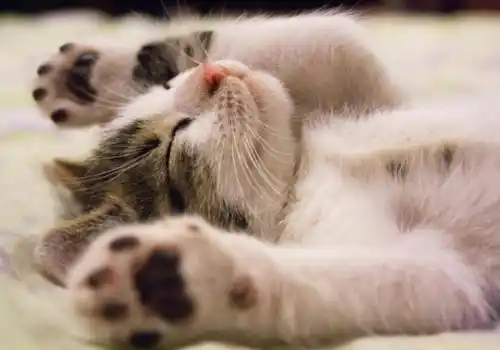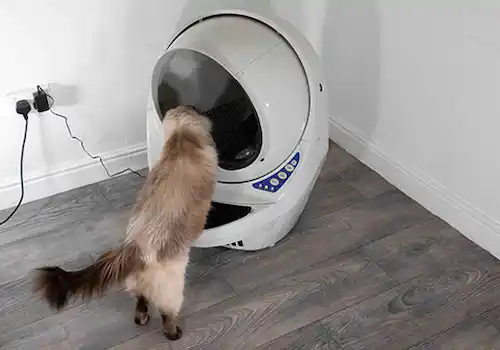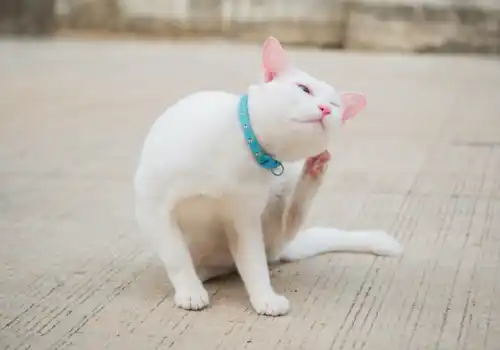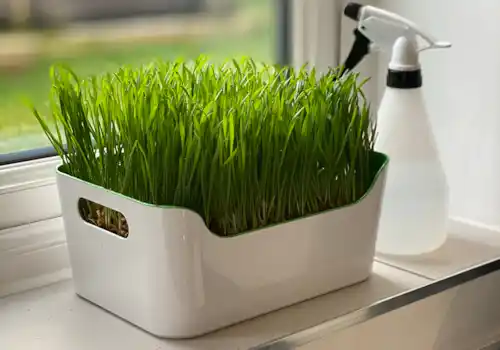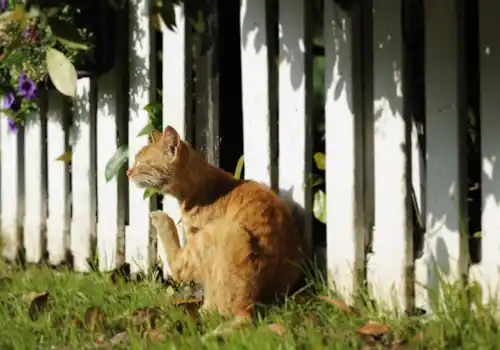Do you know if your cat needs dental treatment? Here are some signs of bad dental hygiene in cats...
It is thought that a high percentage of pets are in need of dental treatment without their owners realizing it. The mouth can show signs of many diseases and that's why vets will check the mouth and gums as part of their routine examinations.
A lot of dental disease is completely preventable. Regular toothbrushing is ideal, but diet can play a major role in keeping your cat's teeth and gums in good condition. Statistically, pets fed a dry food are less prone to dental disease than those fed on a wet food, and a number of dry foods are specifically designed to aid dental care.
Be aware of the signs of dental disease
Pain is of course a key sign that something is wrong. However, cats don't tend to show obvious signs that they are in pain and it is said to be particularly difficult to diagnose dental pain. The nerve supply to cats' teeth is just as efficient as our own so there is no reason to suppose that they do not feel the same level of pain that we do with dental disease.
Here are some clues that your cat may be experiencing dental pain:
- Reluctance to play
- Difficulties in eating or chewing
- Clawing at the mouth
- Pain on examination.
Signs of dental disease are:
- Calculus/tartar build-up
- Redness
- Bad breath
- Bleeding
- Loose teeth
- Pus discharge
- Swelling
- Salivation
- Fur stainage.
Brushing your cat's teeth
Buy some pet toothpaste (human toothpastes must never be used!) and a small cat finger brush or toothbrush. The latter has small rounded bristles that can help clean plaque and early stage calculus from the tooth and the gums.
First get your cat used to the toothpaste by putting a little onto his lips or gums. Next place a little toothpaste onto a brush and move in a very gentle circular movement on the side of the teeth.
Do a little each day for a short time to allow your cat to get used to the sensation. Gradually increase the length of time you spend doing it - and the effectiveness of the cleaning - over a period of weeks. Don't rush or do too much as it'll put your cat off.

